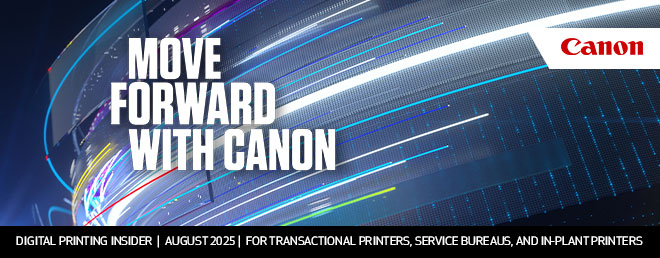How Postal Regulations Are Reshaping the Statement Printing Market in 2025
In a world increasingly dominated by digital communications, printed statements might seem like a holdover from a different era. But for banks, insurance providers, utilities, and government agencies, physical mail remains a vital communication channel—particularly for regulatory compliance, accessibility, and customer preference. However, as postal regulations evolve, the statement printing market is feeling the impact in new and complex ways.
From rising postage rates to stricter address validation rules and delivery timing standards, printers that specialize in transactional communications are being forced to adapt their workflows, technology, and business models to keep pace.
The Cost Squeeze: Postal Rate Increases
One of the most immediate concerns for statement printers is the ongoing rise in postal rates. In the United States, the USPS has implemented biannual postage rate hikes, allowed under the Postal Regulatory Commission’s restructured pricing rules. These increases directly affect the bottom line for organizations that send millions of monthly or quarterly statements.
Statement printers are increasingly being asked to offset these rising costs through operational efficiencies or by helping clients transition customers to paperless delivery. For clients that cannot—or choose not to—go digital, printers must optimize every aspect of print production and mailing, including:
- Presorting for postal discounts
- Combining mailings to achieve better volume-based rates
- Using address cleansing and National Change of Address (NCOA) updates to prevent undeliverable mail
This has made data hygiene and automation central to the modern statement printing workflow.
Compliance and Delivery Timelines
Regulatory agencies often impose strict rules on the timeliness of statement delivery, especially in sectors like finance and health care. Delays in mailing due to USPS service changes, regional bottlenecks, or processing errors can now carry significant legal or financial penalties.
To mitigate these risks, many statement printers have adopted postal tracking technologies and integrated USPS Informed Visibility (IV) data into their systems. This allows them to monitor the status of each mailed piece and provide clients with real-time delivery intelligence—something increasingly expected as part of compliance reporting.
In parallel, there’s a trend toward geographic diversification of print and mail facilities. Distributed print networks can help reduce transit times and improve reliability, especially for time-sensitive mailings in rural or underserved areas.
The Push Toward Intelligent Mail Barcodes and Full-Service Mailing
Another key regulatory shift has been the USPS’s push toward the full-service Intelligent Mail barcode (IMb), which provides detailed information about mail pieces and enables better tracking and automation. While full-service IMb offers postage discounts, it also requires:
- Electronic documentation (eDoc) submission
- Unique mail piece identification
- Timely and accurate data synchronization
These requirements mean that statement printers must invest in sophisticated mail management software and ensure staff are trained to manage complex mailing data structures.
For many smaller shops, the transition to full-service IMb has been a challenge. But for larger transactional print providers, it has become a competitive differentiator—one that signals reliability, regulatory compliance, and mail visibility to their clients.
The Strategic Response: Workflow Automation and Inkjet Technology
To remain competitive in this evolving landscape, leading statement printers are heavily investing in end-to-end workflow automation and production inkjet presses.
Automation allows for:
- Dynamic job batching and sorting based on postal zones
- Automated address verification and error correction
- Real-time compliance documentation generation
Meanwhile, inkjet printing enables high-speed, high-volume personalized output with minimal setup—ideal for dynamic statements and regulatory inserts that vary by customer or region. The Canon ColorStream 8000 series is well positioned to serve this market.
When integrated properly, these technologies allow statement printers to respond quickly to new regulations, offer more value-added services, and maintain profitability despite rising postage and compliance costs.
Final Thoughts
Postal regulations are no longer a background concern—they’re a strategic driver of change in the statement printing industry. Printers that proactively respond with automation, compliance intelligence, and efficient mail piece design are emerging as essential partners in their clients’ communication ecosystems.
As the regulatory environment continues to evolve, adaptability is key. Those who view postal compliance not as a burden, but as an opportunity to innovate, will find themselves leading the next chapter of the transactional print industry.


